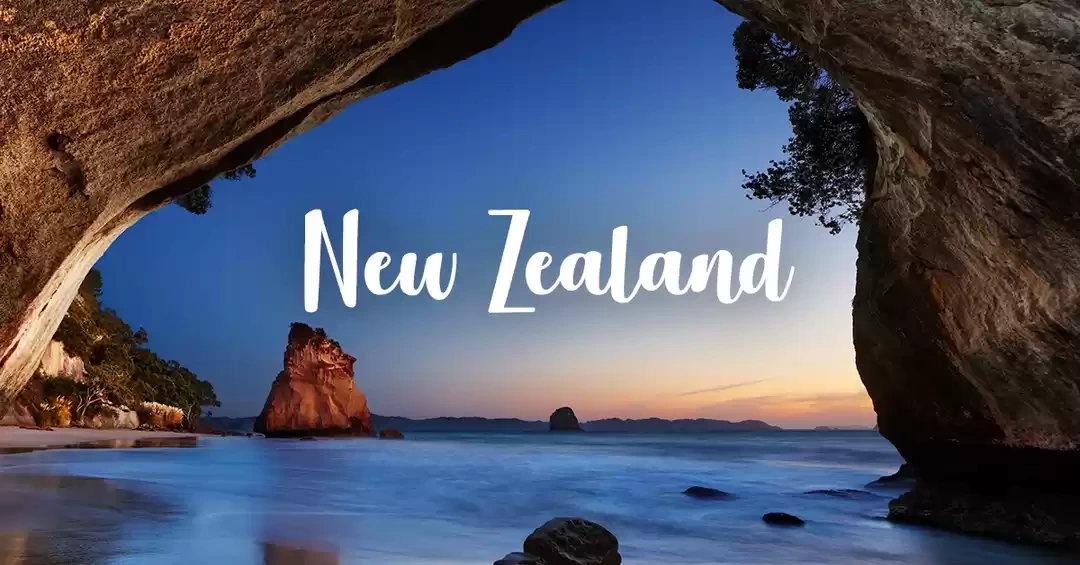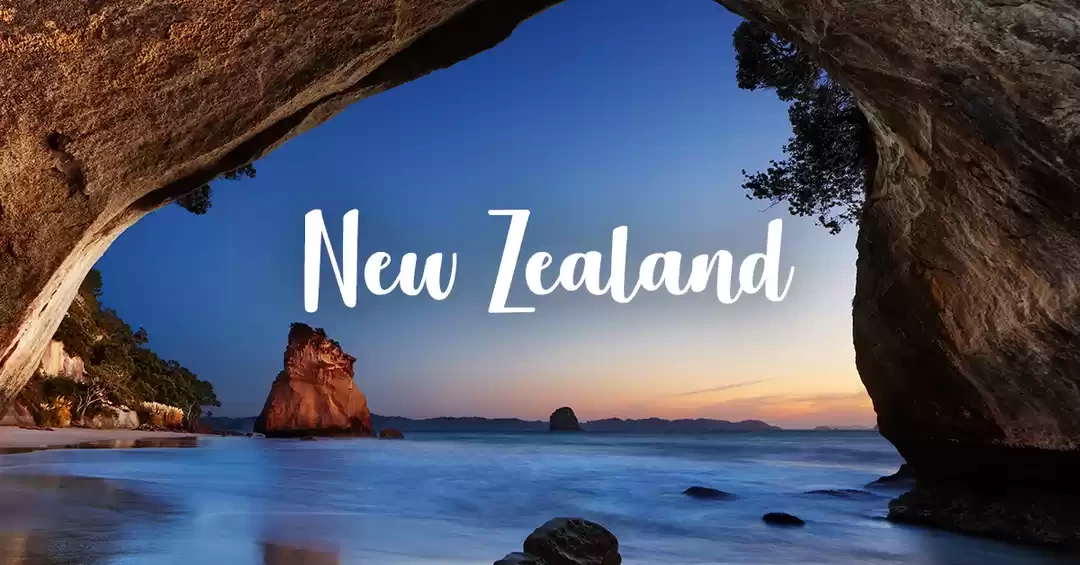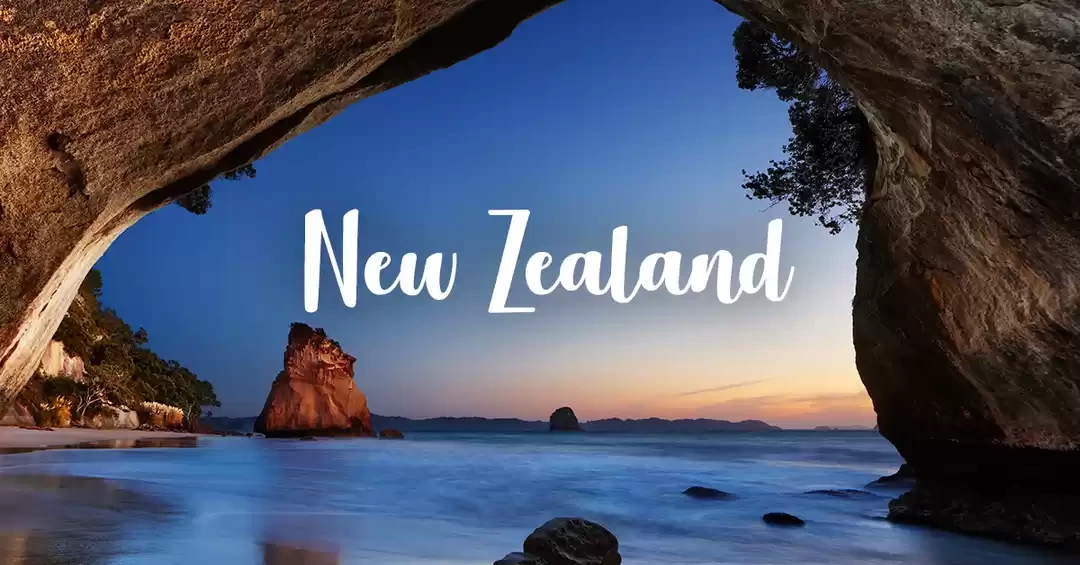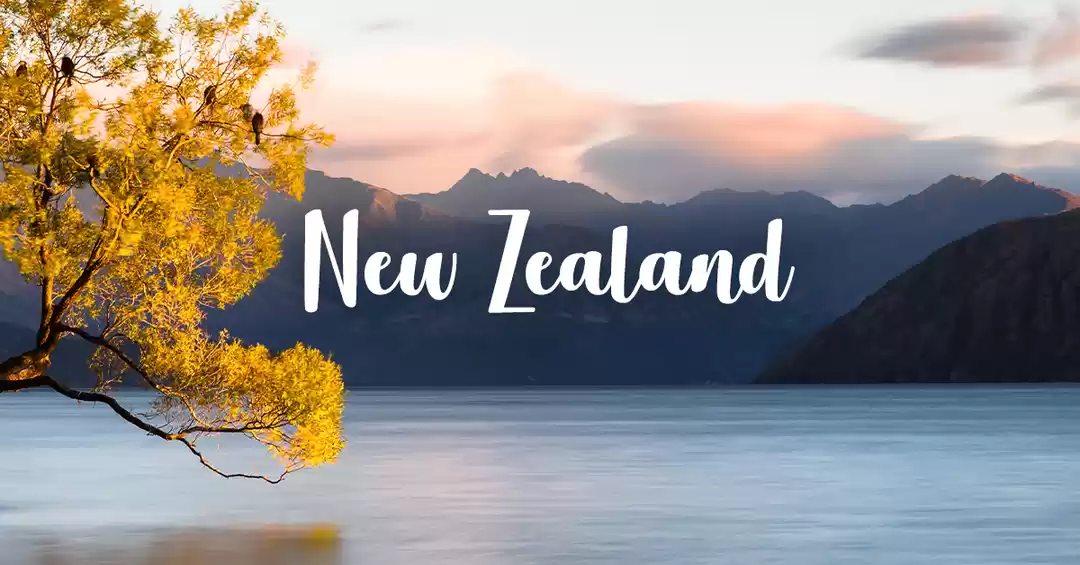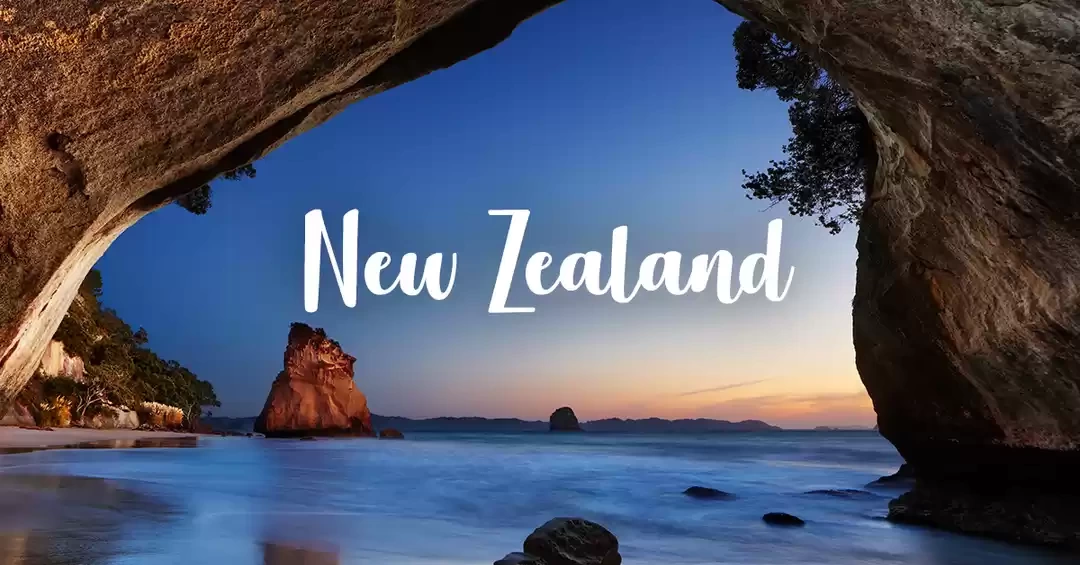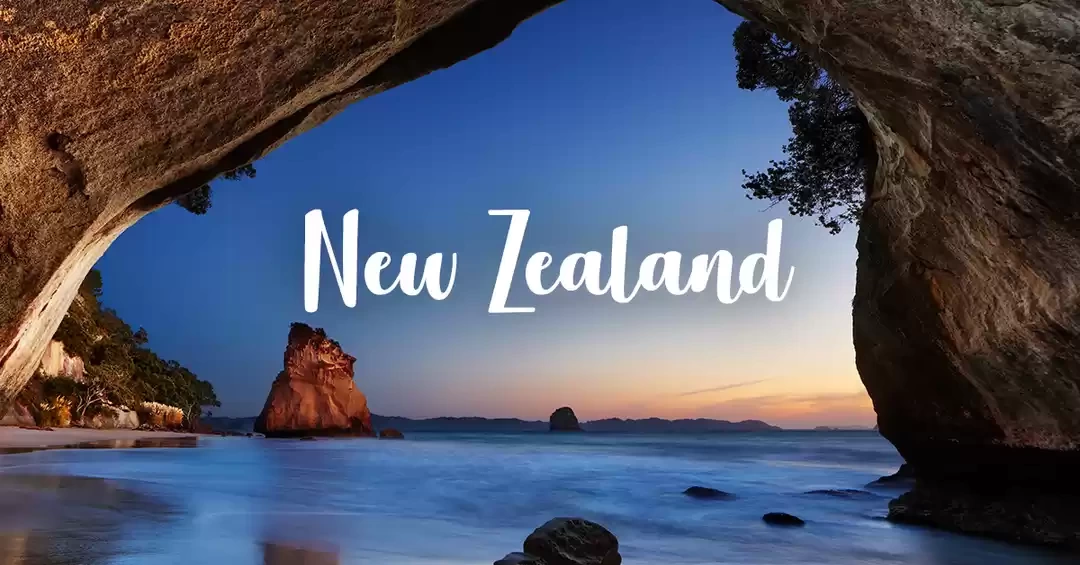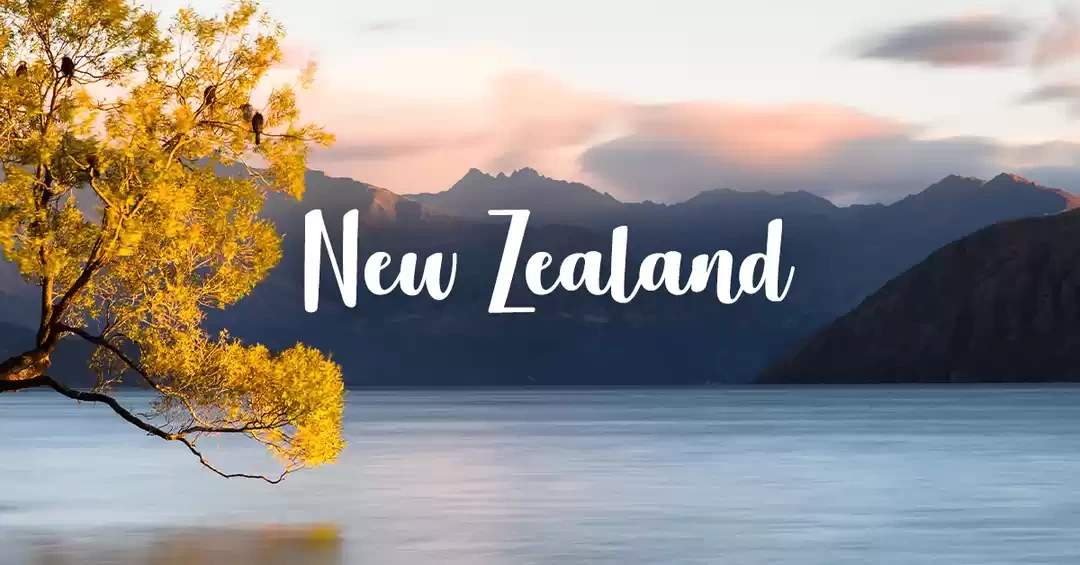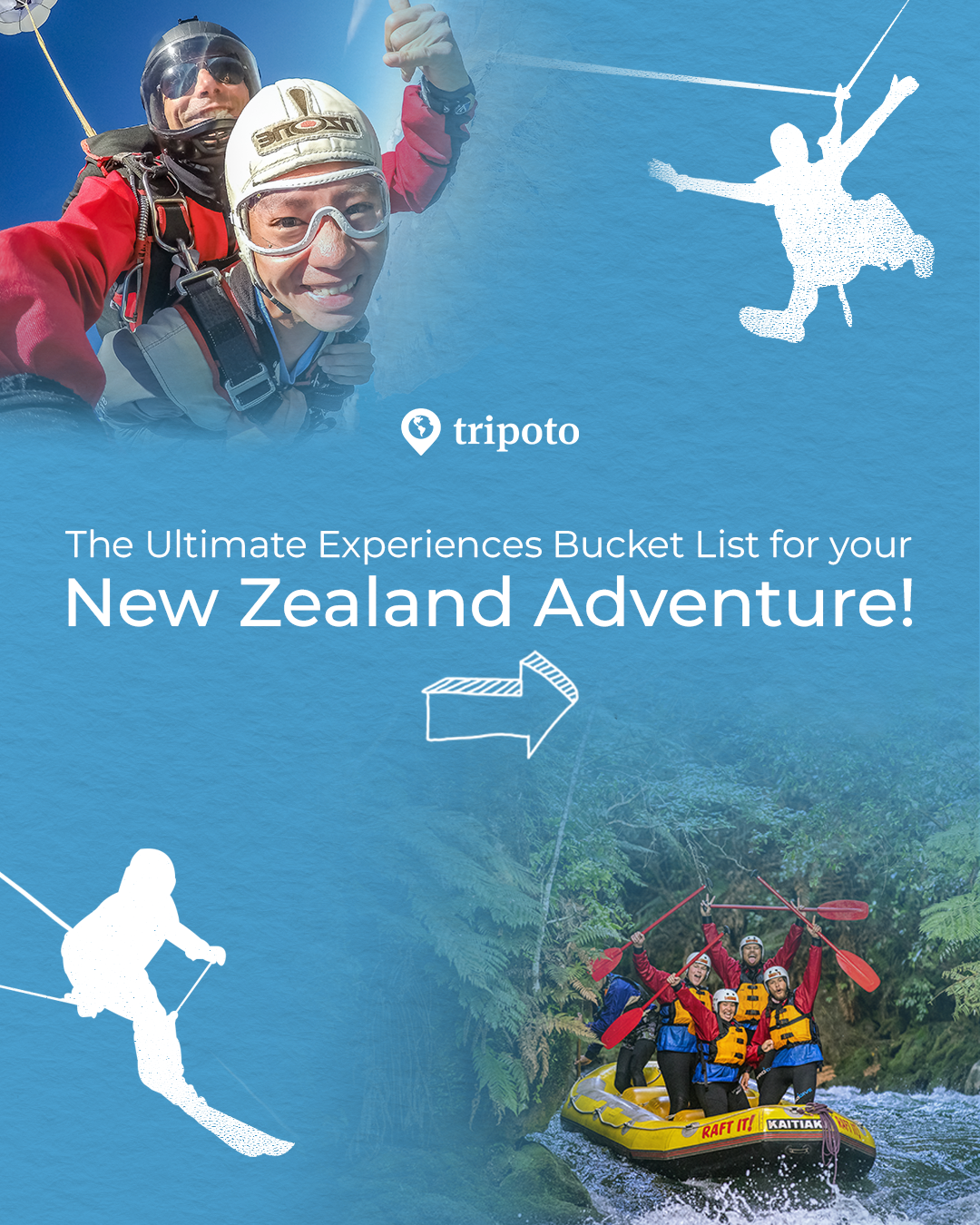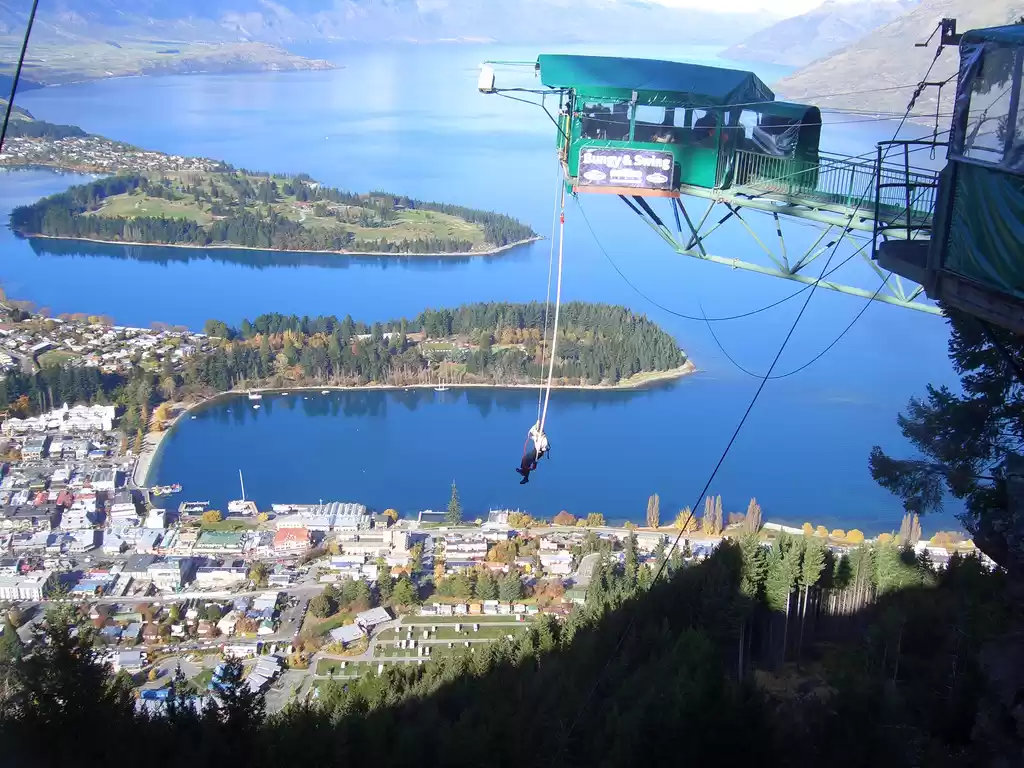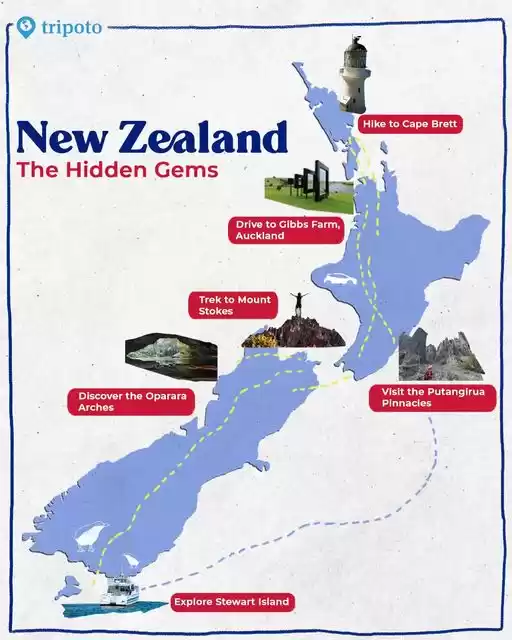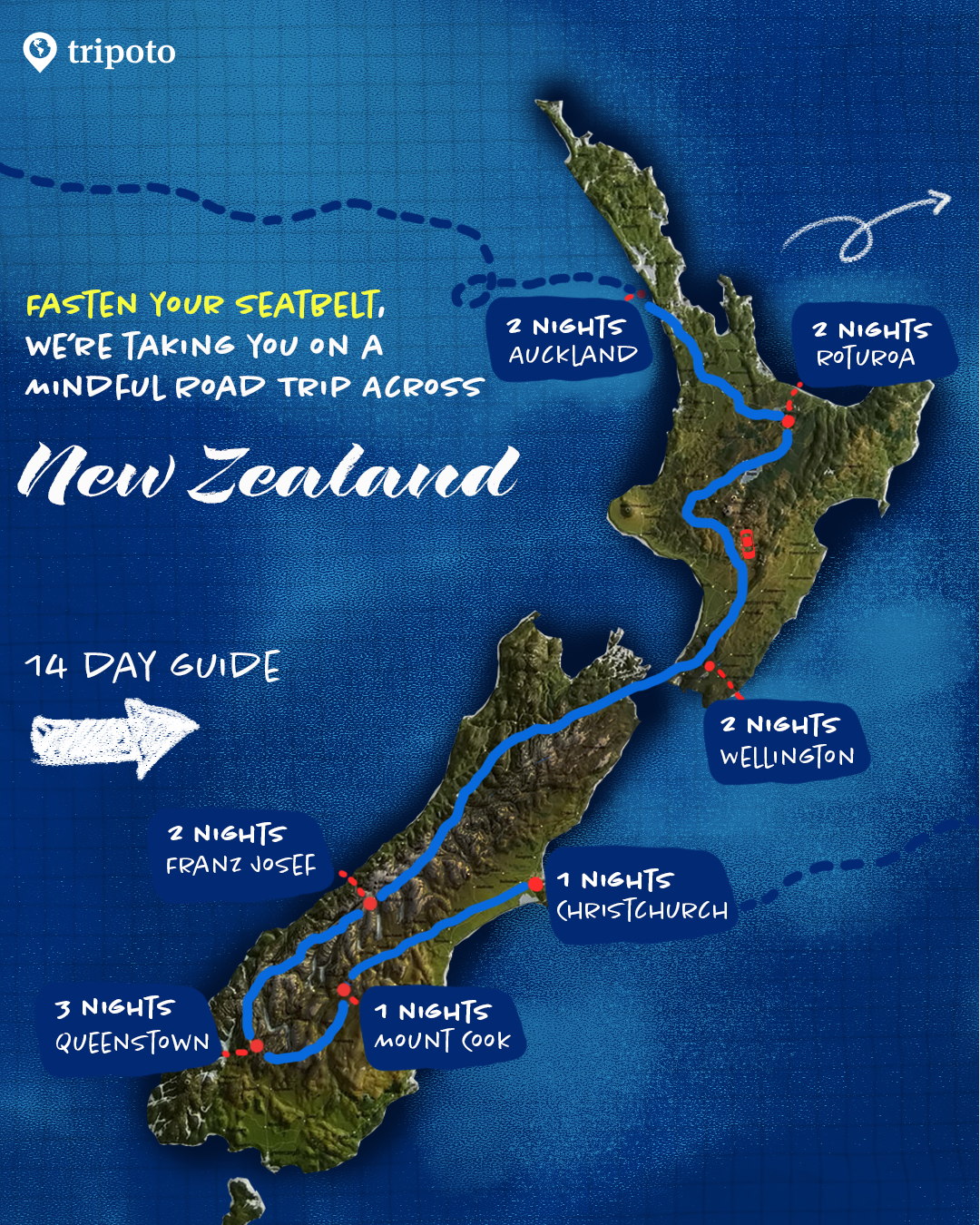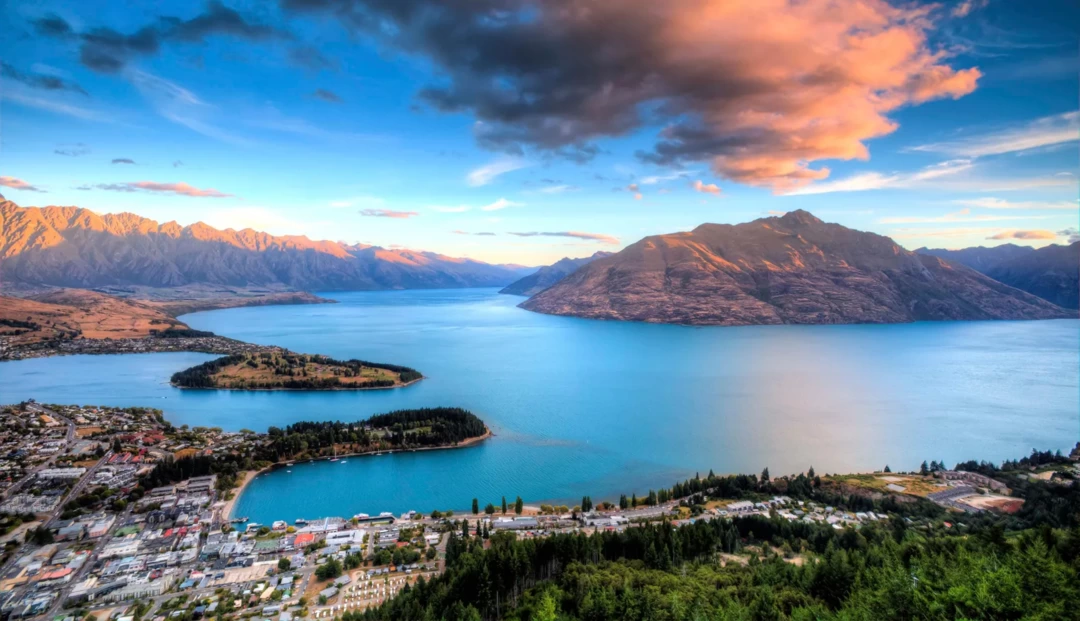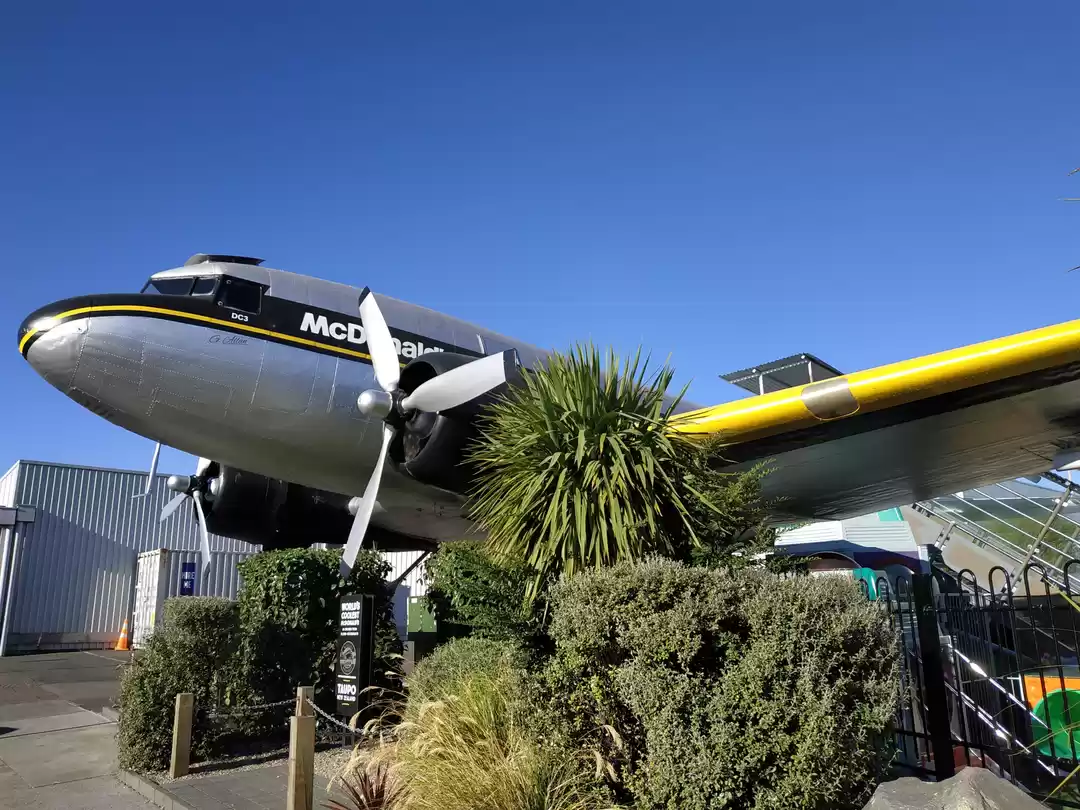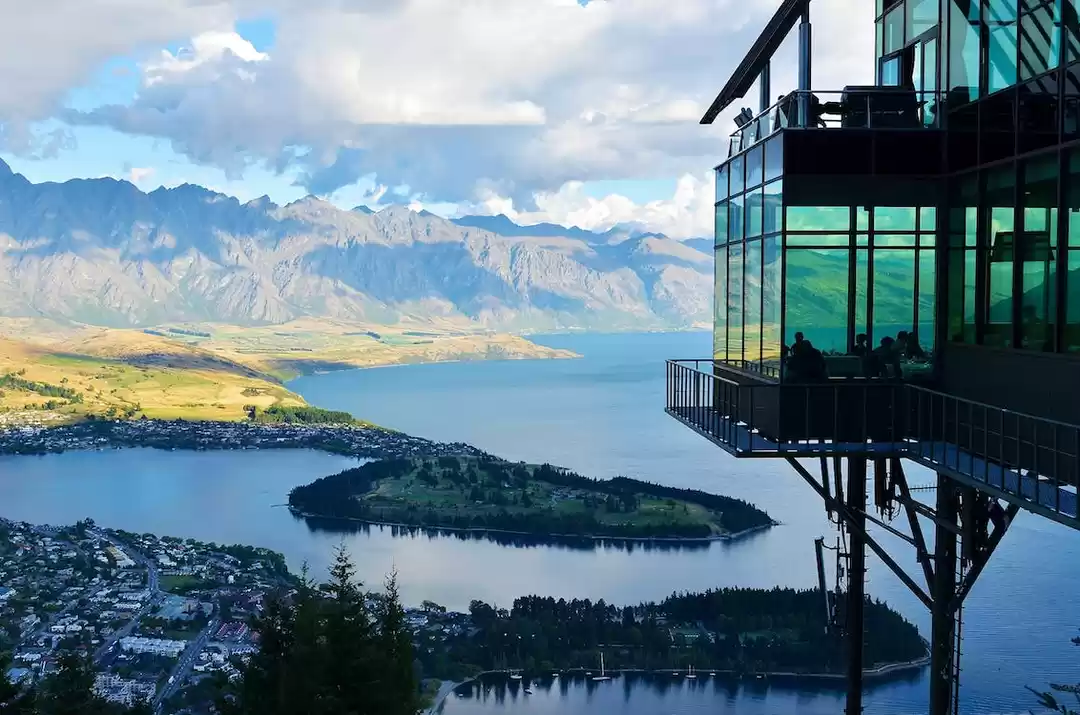Planning a trip to New Zealand can be an exciting and rewarding experience. Known for its stunning landscapes, vibrant cities, and rich cultural heritage, New Zealand offers a variety of experiences for travelers. Here’s a step-by-step guide to help you plan your dream trip to this beautiful country.
1. Research and Set Your Goals
Before diving into the logistics, spend some time researching New Zealand to understand what it offers. Identify your interests: Are you drawn to outdoor adventures, cultural experiences, or city life? New Zealand has everything from the majestic fjords of Milford Sound to the bustling streets of Auckland.

2. Decide on the Best Time to Visit
New Zealand’s seasons are opposite to those in the Northern Hemisphere. Summer (December to February) is ideal for beach activities and hiking, while winter (June to August) offers excellent skiing opportunities. Spring (September to November) and autumn (March to May) are great for avoiding crowds and enjoying mild weather. Decide on the best time to visit based on your interests and preferred activities.
3. Plan Your Itinerary
New Zealand is divided into two main islands: the North Island and the South Island, each with its own unique attractions.
North Island Highlights
Auckland: Known as the “City of Sails,” Auckland offers a mix of urban and natural attractions.
Rotorua: Famous for its geothermal activity and Maori culture.
Wellington: The capital city, known for its vibrant arts scene and Te Papa Museum.
Bay of Islands: A stunning coastal area ideal for sailing and exploring historic sites.

South Island Highlights
Queenstown: The adventure capital of New Zealand, perfect for bungee jumping, skiing, and hiking.
Milford Sound: A breathtaking fjord known for its dramatic scenery.
Christchurch: A city rebuilding after the 2011 earthquake, with beautiful gardens and innovative architecture.
Franz Josef Glacier: Offers glacier hiking and helicopter tours.
Plan your itinerary to cover the attractions that interest you the most. Consider the travel time between destinations to avoid overloading your schedule.
4. Book Flights and Accommodation
Once you have a rough itinerary, book your flights. Major international flights land in Auckland, Wellington, and Christchurch. Consider booking open-jaw flights (arriving in one city and departing from another) to save time.
For accommodation, New Zealand offers a range of options from luxury hotels to budget hostels. Booking in advance is recommended, especially during peak seasons. Websites like Booking.com, Airbnb, and Hostelworld can help you find the perfect place to stay.
5. Transportation Within New Zealand
New Zealand’s public transportation is limited outside major cities, so renting a car or campervan is a popular choice for flexibility and convenience. Driving allows you to explore at your own pace and reach remote areas. Ensure you’re comfortable driving on the left side of the road and familiarize yourself with local traffic rules.
Alternatively, consider domestic flights for long distances or hop-on-hop-off bus services like Kiwi Experience for a more social travel experience.
6. Prepare for Outdoor Adventures
New Zealand is a paradise for outdoor enthusiasts. If you plan to hike, pack appropriate gear such as sturdy boots, waterproof clothing, and a daypack. Popular hikes include the Tongariro Alpine Crossing and the Routeburn Track.

For water activities like kayaking or sailing, pack swimwear and consider renting gear locally. Always check weather conditions and safety guidelines before embarking on outdoor adventures.
7. Understand Entry Requirements
Check the visa requirements for your country. Many nationalities can enter New Zealand visa-free for short stays, but you may need to apply for an Electronic Travel Authority (ETA) in advance. Ensure your passport is valid for at least three months beyond your intended departure date.
8. Budget and Currency
New Zealand can be expensive, so budgeting is crucial. Major expenses include accommodation, transportation, and activities. Food can also be costly, especially dining out. Consider self-catering options to save money.
The local currency is the New Zealand Dollar (NZD). Credit and debit cards are widely accepted, but it’s good to carry some cash for smaller establishments or remote areas.
9. Health and Safety
New Zealand is a safe destination, but it’s always wise to have travel insurance that covers health, accidents, and theft. There are no mandatory vaccinations, but ensure routine vaccinations are up-to-date.
For outdoor activities, be aware of weather conditions and pack accordingly. The sun in New Zealand is strong, so use sunscreen and wear a hat.
10. Respect Local Culture
The Maori culture is an integral part of New Zealand’s identity. Respect local customs and traditions, and consider participating in cultural experiences such as visiting a marae (Maori meeting ground) or watching a haka performance.
Final Thoughts
Planning a trip to New Zealand involves careful preparation, but the effort is well worth it. With its diverse landscapes and rich cultural experiences, New Zealand promises an unforgettable adventure. From the serene beaches of the Bay of Islands to the adrenaline-pumping activities in Queenstown, there’s something for every traveler. Pack your bags, prepare for an adventure, and get ready to explore one of the most beautiful countries in the world!



